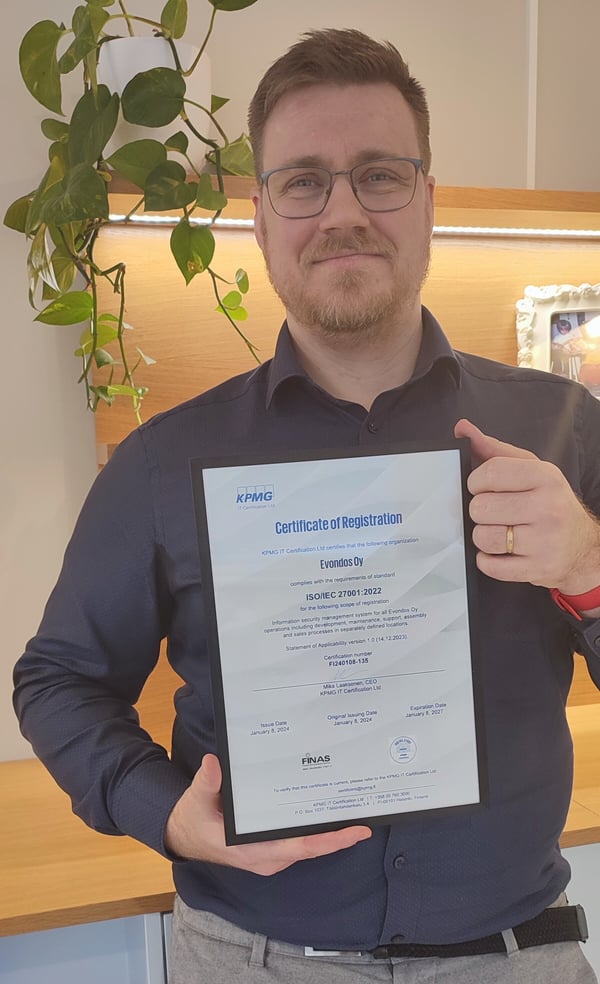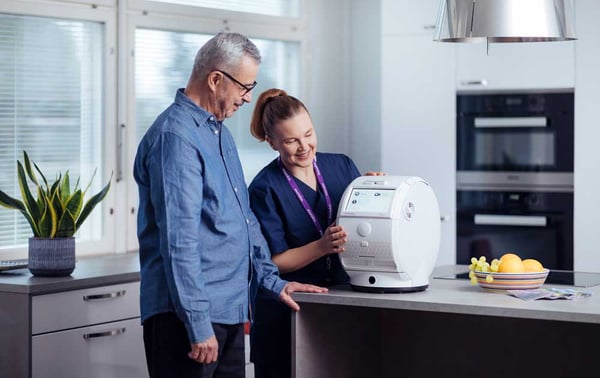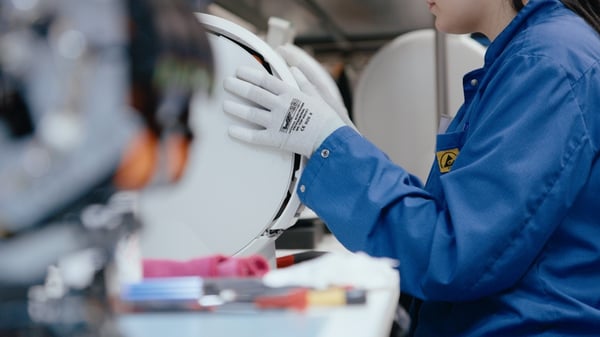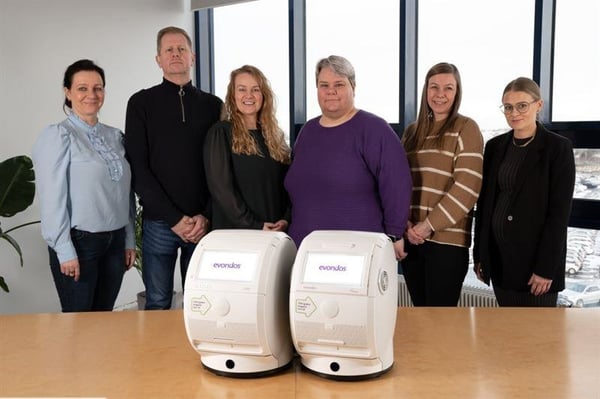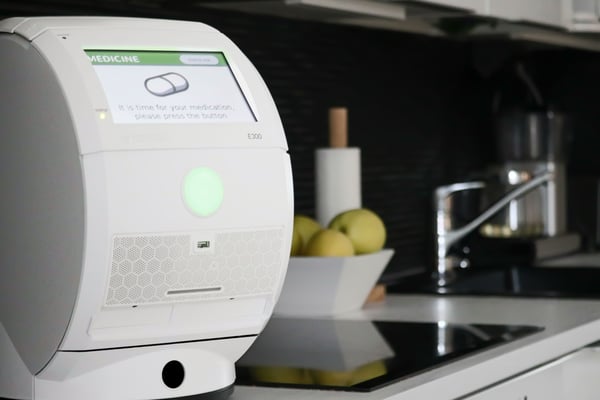Municipalities and regions in Sweden face increasing challenges as the population grows and the proportion of the elderly in the population grows. This means that the need for healthcare increases. In parallel, municipalities and regions find it difficult to recruit enough staff and there is also a shortage of staff with the right skills. Welfare technology is often presented as one way to contribute to the solution by increasing efficiency and freeing up resources. In this report, we analyse such a technology, namely a medication dispensing robot.
The purpose of this study was to investigate the value of a medication dispensing robot in municipal health and medical care, using a web-based questionnaire. Based on information from questionnaire responses, we quantified the freed-up time that was the result of the introduction of a medication dispensing robot. Furthermore, the results were used for time and cost calculations for three fictional municipalities with different numbers of care recipients and where the proportion using a medication dispensing robot also was varied. Four municipalities in Sweden that have implemented the robot responded to the survey.
In the four municipalities, a total of 229 individuals had a medication dispensing robot and the average number of robot-assisted medication administrations was 2.93 per day. On average, 45 minutes per individual per day in municipal health and medical care were freed-up by introducing a medication dispensing robot. For a more conservative assumption, we exclude the robot-assisted medication administrations that coincide in time with a visit from home help services or home care. This means that the freed-up time would average 28 minutes per individual per day. On a monthly basis, this corresponds to 22 and 14 hours per individual per month, respectively.
In a fictional calculation example for a medium-sized municipality where 500 individuals have municipal health and medical care, the proportion of individuals who could be suitable for a medication dispensing robot is varied by 5, 10 percent and 20 percent. The freed-up time would add up to between 354 hours per month when 5 percent of individuals have a medication dispensing robot to 1 416 hours per month when 20 percent of the individuals have a medication dispensing robot. The freed-up time can be used for other activities that rely more on staff. This freed-up time would correspond to a total cost saving (gross) of between approximately SEK 79 000 and SEK 318 000 per month.
The study shows that the use of a medication dispensing robot can free up time in municipal health and medical care. Medication dispensing robots can thus be a digital welfare technology that helps solve one of the major challenges in municipal health and medical care and home help services where the number of individuals with healthcare needs increases while shortage of staff and stress are apparent.
A link to the full report in swedish here.

